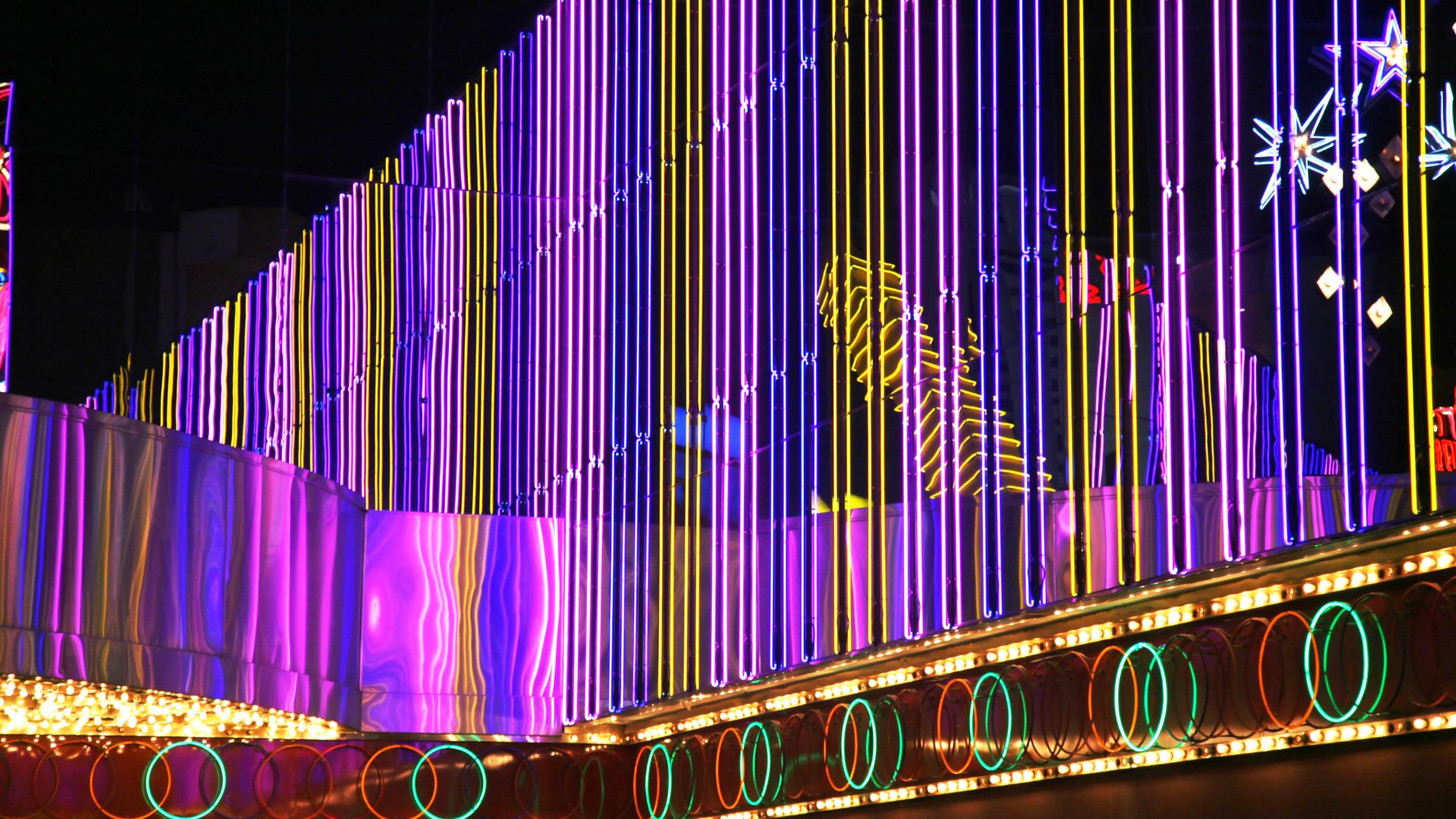How to Use Led Light Strips for Building Decoration

LED light strips are becoming increasingly popular for building decoration. There are many benefits to using Clfled light strips, including increased safety, improved aesthetics, and greater efficiency. When installing light strips, it is important to select the right location and prepare the surface properly. There are many different ways to decorate with LED strips, including indirect lighting, accent lighting, and task lighting.
The Many Benefits of LED Light Strips.
Increase Safety.
One of the biggest advantages of LED light strips is that they can increase safety in a variety of ways. For example, they can be used to light up dark areas both inside and outside of buildings. This can help prevent accidents by making it easier for people to see where they are walking. In addition, LED light strips can be used as a security measure by deterring would-be criminals from breaking into a property.
Improved Aesthetics.
Another big advantage of LED light strips is that they can dramatically improve the aesthetics of any space. This is because they provide a much cleaner and more modern look than traditional incandescent bulbs. LED light strips can also be used to create unique lighting effects that are simply not possible with other types of lighting.
Greater Efficiency.
LED light strips are also far more energy efficient than standard incandescent bulbs. In the long run, this means they will save you money on your energy bills. Furthermore, LED light bars have a much longer lifespan than other types of bulbs. As a result, you won’t have to replace them as frequently.
Guidelines for Installing LED Light Strips.
When selecting a location for your light strips, it is important to consider both the practical and aesthetic aspects. From a practical perspective, you will need to ensure that the surface is smooth and even, as uneven surfaces can make it difficult to apply the strips evenly. You will also need to make sure that the area is well-ventilated, as heat build-up can be an issue with LED lights.
From an aesthetic perspective, you will want to choose a location that will highlight the features you want to accentuate. For example, if you want to use the lights to create a warm and inviting ambiance, you may want to place them near a fireplace or under cabinets in a kitchen. If you are looking to create a more dramatic effect, you may want to install them along a stairway or around the perimeter of a room.
Preparing the Surface.
Once you have selected the perfect location for your light strips, it is time to prepare the surface. First, use a tape measurer to mark off where you will be applying the strips. Then, use a leveler tool to ensure that your lines are straight. Next, clean the surface thoroughly with soap and water (or another appropriate cleaning solution) to remove any dirt or debris that could interfere with adhesion. Finally, use painters’ tape or another type of masking tapeto protect any areas adjacent to where you will be applying the strips (this step is optional but recommended).
Applying the LED Light Strips.
Installing your light strips is a simple process. However, there are a few things to keep in mind throughout the process. Before beginning installation, make sure to read all of the instructions that came with your specific strips. This will help ensure proper application and prevent strip damage. Second, be careful not to apply the strips too forcefully, as this may cause them to break or come loose from their adhesive backing. Finally, once installed, connect your light strip to a suitable power source, such as an AC adapter or a DC battery pack (depending on what type of power source your particular strip uses).
Ideas for Decorating with LED Light Strips.
One popular way to use LED light strips is for indirect lighting. This involves installing the strips around the perimeter of a room at the junction of the ceiling and walls. The result is a soft, diffused light that creates a relaxing ambiance. Indirect lighting is perfect for bedrooms, living rooms, and any other space where you want to create a warm and inviting atmosphere.
Accent Lighting.
Another great way to use LED strips light is for accent lighting. This involves highlighting specific architectural features or elements in a room that you want to draw attention to. For example, you could install strips under cabinets or above doorways to create a striking visual effect. Accent lighting is an easy way to add drama and interest to any space.
Task Lighting.
LED light strips can also be used for task lighting, which is any type of lighting that helps you complete a specific task. For example, you could install strips under kitchen cabinets to provide extra light for cooking or prep work. You could also install them in closets or pantries for better visibility when looking for items. Task lighting is an important part of any well-designed home because it can help make daily tasks easier and more efficient.
Conclusion
LED lighting strip offers many benefits for building decoration, including increased safety, improved aesthetics, and greater efficiency. When installing LED light strips, it is important to select the right location and prepare the surface before applying the strips. Ideas for decorating with LED lighting strips include indirect lighting, accent lighting, and task lighting.
